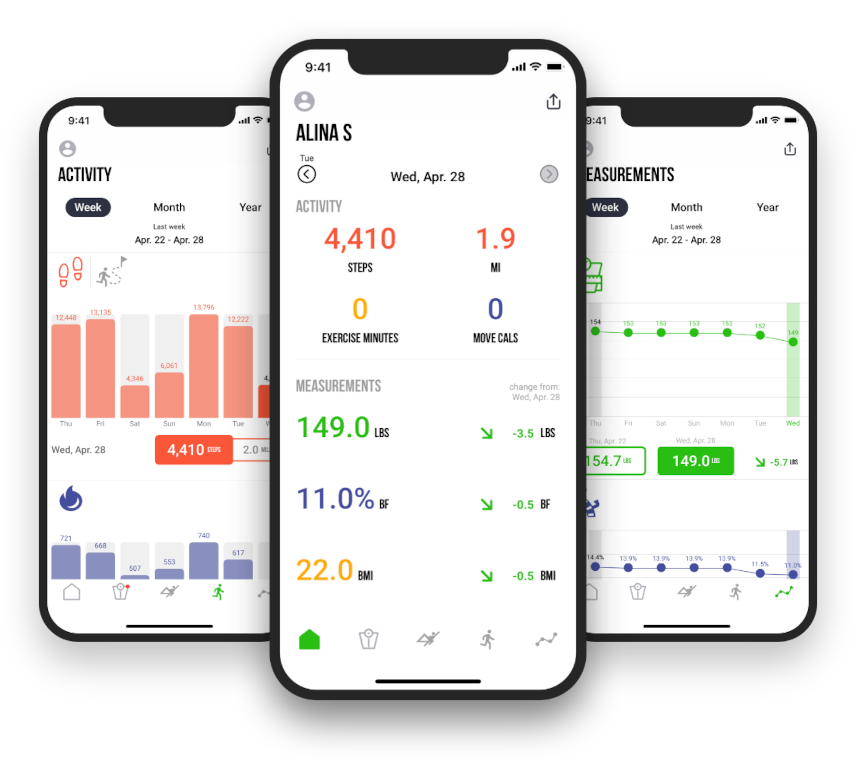Research Review: Does Wearing a Mask During Workouts Affect Exercise?
COVID-19 changed everything. Including how we breathe during exercise.
Masks became mandatory in gyms worldwide. Athletes, trainers, and fitness enthusiasts had one burning question: Do masks hurt performance?
Here’s what the research actually shows.
The Physiological Reality
Oxygen Intake
Masks create slight resistance to airflow. But oxygen levels in blood remain virtually unchanged during exercise.
Carbon Dioxide Retention
Minimal CO2 buildup behind masks. Not enough to cause dangerous levels or performance decrements.
Breathing Mechanics
Slight increase in work of breathing. Similar to training at modest altitude.
Heart Rate Response
Small increases in heart rate at submaximal intensities. Body compensates for perceived breathing difficulty.
What the Studies Found
Cardiorespiratory Function
Multiple studies show no significant impact on VO2 max or aerobic capacity with surgical or cloth masks.
Exercise Performance
Endurance performance minimally affected. Most studies show less than 5% decrease in time to exhaustion.
Blood Oxygen Levels
Pulse oximetry readings remain normal during masked exercise. No dangerous oxygen desaturation.
Perceived Exertion
Subjective difficulty increases more than objective performance decreases. Psychological component significant.
Our personal trainers observed these patterns firsthand during Melbourne’s lockdowns and mask mandates.
Mask Type Matters
Surgical Masks
Least impact on exercise performance. Lightweight and breathable material.
Cloth Masks
Variable effects depending on fabric and layers. Some more restrictive than others.
N95 Respirators
Greatest impact on breathing comfort. Not recommended for vigorous exercise.
Athletic Masks
Designed specifically for exercise. Better airflow and moisture management.
The Adaptation Factor
Short-Term Discomfort
First few sessions feel more difficult. Psychological adjustment period.
Physiological Adaptation
Body adapts to slight breathing resistance within 1-2 weeks.
Performance Recovery
Most people return to normal performance levels with consistent masked training.
Individual Variation
Some people adapt faster than others. Fitness level and anxiety affect response.
Exercise Intensity Considerations
Low-Moderate Intensity
Minimal impact on walking, light jogging, or resistance training.
High Intensity
Greater perceived difficulty during sprints or maximum effort activities.
Duration Effects
Longer workouts show more pronounced mask effects than short sessions.
Recovery Periods
Rest intervals may need slight extension for comfort.
The Melbourne Experience
During Melbourne’s extended lockdowns, gyms required masks for indoor exercise. Initial resistance gave way to acceptance.
Most clients adapted within two weeks. Performance impacts were minimal once psychological barriers were overcome.
Safety Considerations
Hydration Importance
Masks can increase perceived heat stress. More frequent water breaks needed.
Skin Irritation
Sweat and friction can cause breakouts. Clean masks and skin care important.
Breathing Difficulties
People with asthma or respiratory conditions may need modifications.
Heat Stress
Outdoor exercise in hot weather requires extra caution with masks.
Practical Recommendations
Gradual Introduction
Start with shorter, less intense sessions. Build tolerance progressively.
Proper Fit
Well-fitting mask reduces air leakage and improves comfort.
Quality Materials
Breathable, moisture-wicking fabrics perform better than cotton.
Multiple Masks
Change masks during long sessions or when heavily saturated with sweat.
The Psychological Component
Anxiety Effects
Fear of breathing difficulty often worse than actual physiological impact.
Claustrophobia
Some people struggle with face covering sensation during exertion.
Performance Expectations
Expecting problems often creates them. Positive mindset helps adaptation.
Social Influence
Group training with masked participants normalizes the experience.
Training Adaptations
Intensity Modifications
Slight reduction in target intensities during adaptation period.
Rest Periods
Allow extra recovery time between high-intensity intervals.
Exercise Selection
Favor exercises that don’t require maximum ventilation initially.
Progressive Loading
Gradually increase workout intensity as comfort improves.
Long-Term Implications
Respiratory Training
Some athletes use masks as breathing restriction training tool.
Adaptation Benefits
Improved breathing efficiency and respiratory muscle strength possible.
Performance Transfer
Masked training may improve unmasked performance through adaptation.
Health Habits
Normalized mask wearing during illness to protect others.
Special Population Considerations
Older Adults
May need longer adaptation period and closer monitoring.
Cardiac Conditions
Consult healthcare providers before masked exercise programs.
Respiratory Diseases
Asthma and COPD patients require individualized approaches.
Pregnancy
Generally safe but monitor comfort and breathing ease.
The Research Limitations
Study Duration
Most studies examined acute effects, not long-term adaptations.
Population Samples
Primarily young, healthy adults. Limited data on special populations.
Mask Variability
Different mask types and fits affect results significantly.
Environmental Factors
Temperature, humidity, and altitude influence mask effects.
Your Masked Training Strategy
- Start with lower intensity and shorter duration
- Choose appropriate mask type for exercise
- Monitor comfort and breathing ease
- Gradually progress intensity as tolerance improves
- Stay hydrated and take breaks as needed
- Focus on positive adaptation rather than limitations
The Bottom Line
Research shows masks have minimal impact on exercise performance in healthy individuals. Perceived difficulty exceeds actual physiological effects.
Adaptation occurs quickly with consistent practice. Benefits of continued exercise outweigh minor mask inconveniences.
Moving Forward
Whether masks remain mandatory or become personal choice, understanding their effects helps informed decision-making.
Exercise remains safe and beneficial with proper precautions and gradual adaptation.
Getting Started
Need guidance on exercising safely with masks? Book a consultation to discuss your specific concerns and goals.
Our trainers have extensive experience helping clients adapt to various exercise challenges.
Want evidence-based fitness guidance? Our programs are built on current research and real-world application for optimal results.

